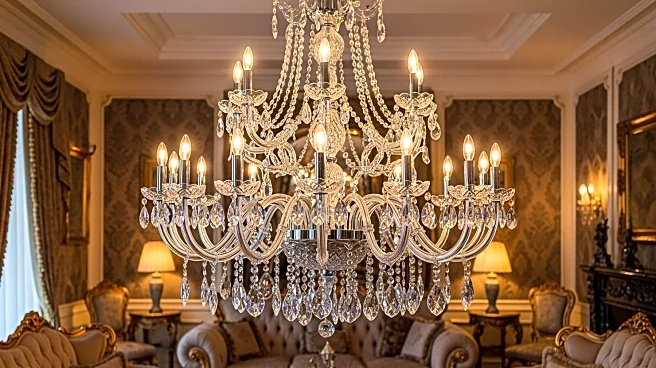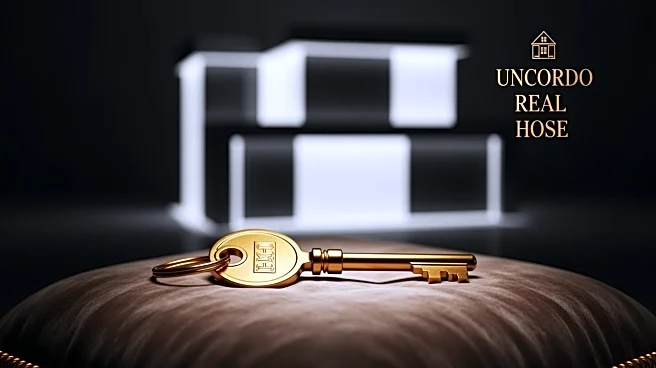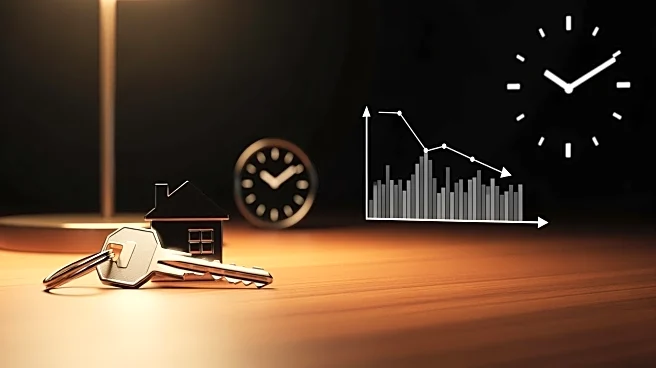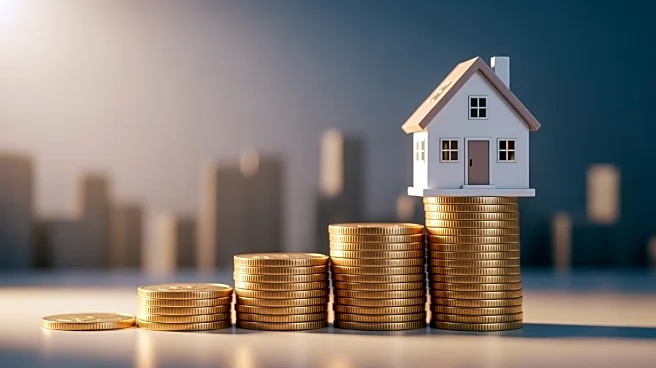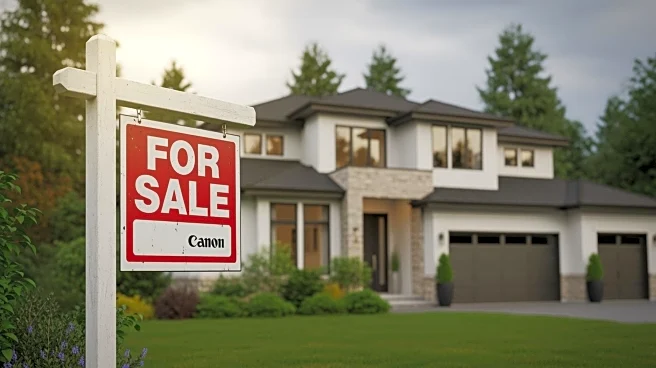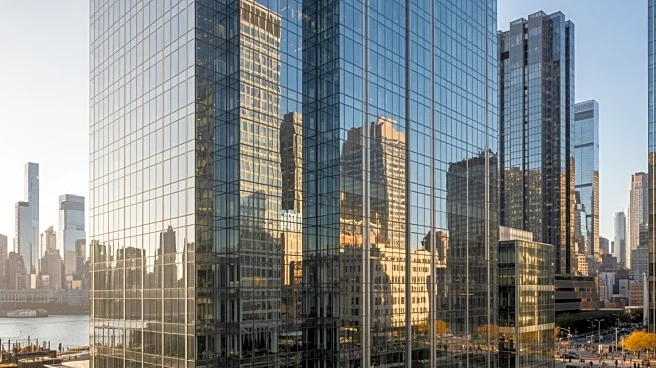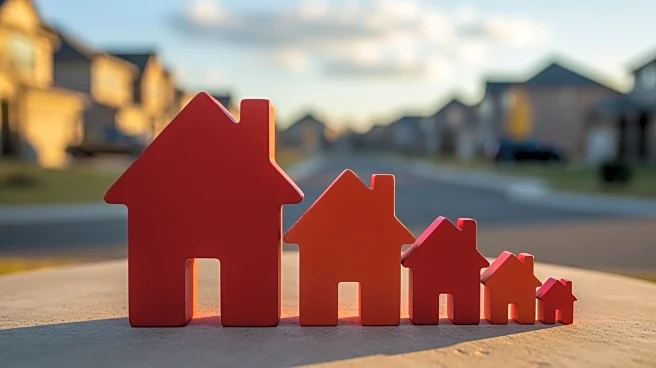What's Happening?
Luxury home prices have increased by over 60% in the past decade, according to Realtor.com's What Is Luxury report. In 2016, the threshold for luxury homes was $796,622, but it has now risen to $1.3 million,
marking the top 10% of the most expensive homes nationwide. The top 5% of homes start at $2 million, while the top 1% begin at $5.4 million. Despite the historically high prices, the New York metropolitan area did not rank among the top 10 regions for the highest starting prices but had the most million-dollar listings. The report highlights the shift in luxury home definitions, emphasizing exclusivity and relative market standing.
Why It's Important?
The significant rise in luxury home prices reflects broader economic trends, including increased demand for high-end properties and changing perceptions of luxury. This shift impacts real estate markets, influencing buyer expectations and investment strategies. The data suggests a growing divide between luxury and average home prices, potentially affecting affordability and accessibility. Real estate professionals and investors must adapt to these changes, considering the implications for market dynamics and consumer behavior.
What's Next?
The luxury real estate market is likely to continue evolving, with potential impacts on pricing strategies and market segmentation. Stakeholders, including developers and policymakers, may need to address affordability concerns and explore innovative solutions to meet diverse housing needs. The ongoing demand for luxury properties could drive further investment in high-end developments, shaping urban landscapes and influencing regional economies.
Beyond the Headlines
The rise in luxury home prices raises ethical considerations about housing inequality and the socio-economic divide. It prompts discussions on sustainable development and the role of luxury real estate in urban planning. The trend may also affect cultural perceptions of wealth and status, influencing lifestyle choices and consumer priorities.
